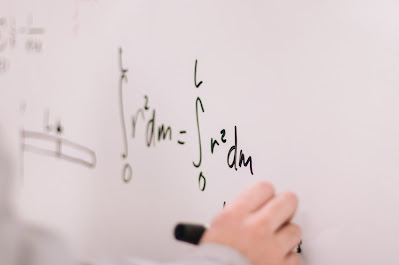Ozone Layer
What
is the ozone layer?
The sun radiates light and heat on the earth, and feeds much life. However, sunlight contains harmful UV rays called "UV-B." So far, we have not been strongly affected by this ultraviolet light. That's because there was a layer called the ozone layer that protects the earth.
Ozone is a layer O3. 50 km above the surface of the earth, there is an "ozone layer" where many ozone are collected.
In the ozone layer, ozone is constantly decomposed and generated to maintain a certain balance. Ultraviolet energy is used to decompose ozone. In this way, the ozone layer absorbs harmful ultraviolet rays (UV-B) and protects the organisms on the earth.
Globally, the ozone layer did not change significantly from the mid-1960s when the observation began to around 1980, but it began to decrease gradually around 1980. In recent years, it has remained around 4% lower than the average value up to 1980.
The ozone layer drops sharply above Antarctica, and in the South Pole, the ozone concentration will drop extremely every year from September to October, which is the spring. The 2005 data showed that ozone was decreasing by about 30% over Antarctica during this period. In the analysis chart of ozone concentration taken by a satellite, it seems that there is a hole in the ozone layer above Antarctica, so it is called "Ozone hole".
Ozone layer protection moon
In Japan, September is designated as "Ozone layer protection measures promotion month", and we carry out various awareness activities on ozone layer protection and CFC countermeasures every year.
The United Nations Environment Program (UNEP) defines September 16th, when the Montreal Protocol was adopted since 1995, as the International Day for the Preservation of the Ozone Layer.
1. Current status of the ozone layer
2. Relationship between CFCs and global warming
3. Efforts to protect the ozone layer and prevent global warming
4. Efforts to promote ozone layer protection this month
4. Efforts to promote ozone layer protection this month
2018 ozone layer protection measures promotion monthly poster
2018 ozone layer protection measures promotion monthly poster [JPG]
A lot of ozone (O3) is present in the stratosphere about 10 to 50 km above the surface of the earth, and the layer where this ozone is concentrated is called the ozone layer. This ozone layer absorbs most of the harmful ultraviolet rays contained in sunlight and acts as a barrier to protect the living things on the earth. However, the destruction of the ozone layer is progressing due to ozone-depleting substances such as CFCs, and an ozone hole (a state in which the concentration of ozone is extremely low) is observed around August to December every year in the upper Antarctic sky.
~ 2017 Ozone Hole ~
The ozone hole in 2017 reached a maximum area of 18.78 million km2 on September 11. This is a small value since 1998, but it is still as large as 1.4 times that of Antarctica.
Solar kid Ozone layer mascot character Sun kid CFC, which is said to be the main cause of ozone layer depletion, is cheap, easy to handle, and harmless to the human body. Has been used for.
However, after it was confirmed that the ozone layer was destroyed, the production of CFCs and other ozone-depleting substances became regulated worldwide. In response to regulations, a substance called CFC alternative that does not destroy the ozone layer has been developed and used for various purposes.
However, CFCs and CFC alternatives are also powerful greenhouse gases. In particular, HFC (hydrofluorocarbon), which is an alternative CFC, is a substance targeted for reduction under the Kyoto Protocol, and it is necessary to control its emission.
Figure 2 Figure 3
To top page top
3. Efforts to protect the ozone layer and prevent global warming
In order to promote ozone layer protection measures internationally in cooperation with Japan, we joined the 1985 Vienna Convention for the Protection of the Ozone Layer and the Montreal Protocol on Substances that Deplete the Ozone Layer in 1987, In 1988, we established the "Ozone Layer Protection Law" ahead of the world. Based on this law, we are working to regulate production and control emissions of ozone-depleting substances. In addition, in order to prevent the release of CFCs into the atmosphere, it is obligatory to collect CFCs and dispose of them properly when disposing of products based on the CFC Emission Control Act, the Home Appliance Recycling Act, and the Automobile Recycling Act. I am. Furthermore, the Fluorocarbon Emissions Control Law requires measures to prevent leakage of fluorocarbons when using products.
Please Subscribe My Youtube Channel
https://www.youtube.com/channel/UCn0iC-SAjNWh4_P8PqeUlyg?view_as=subscriber
My INSTAGRAM
https://www.instagram.com/asimali1101/
My Facebook Page
https://www.facebook.com/Pakistani-Made-Things-1504088989819688
My Twitter













Comments
Post a Comment